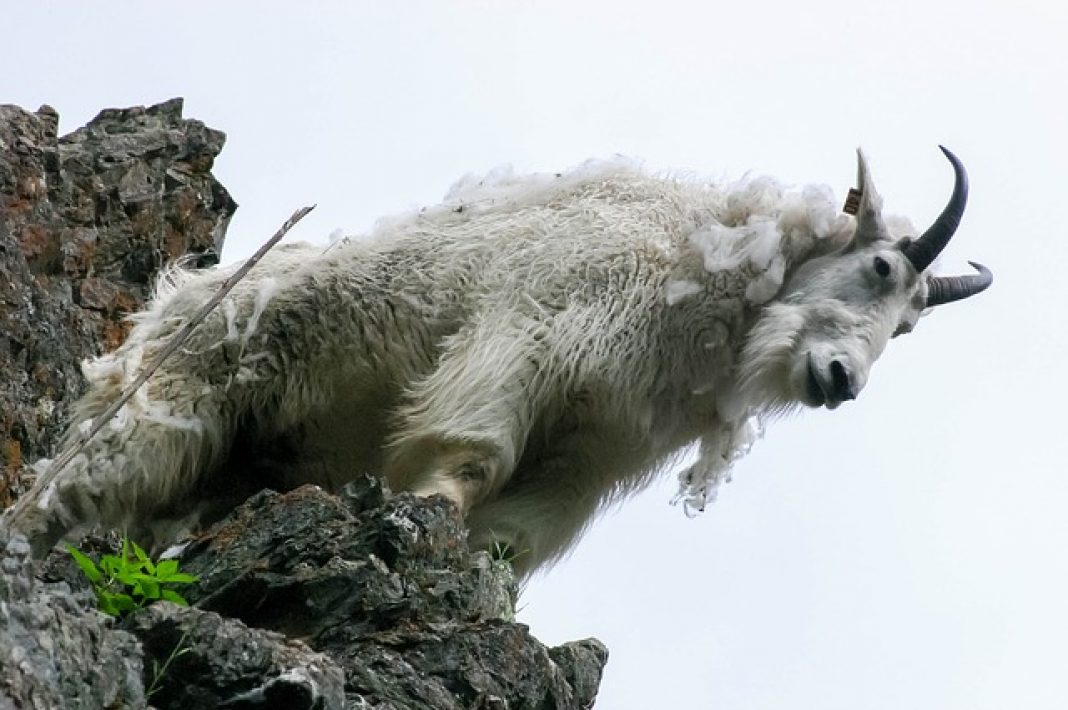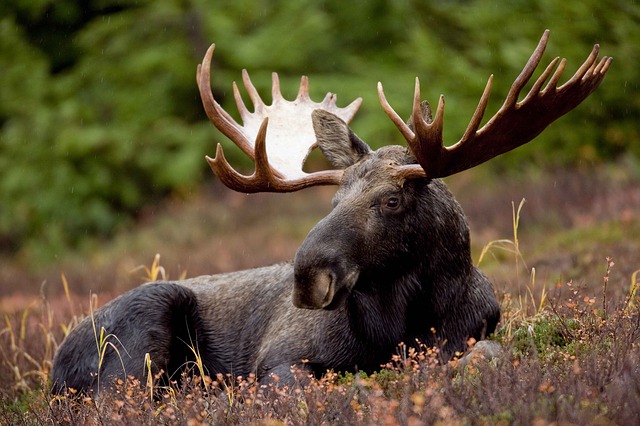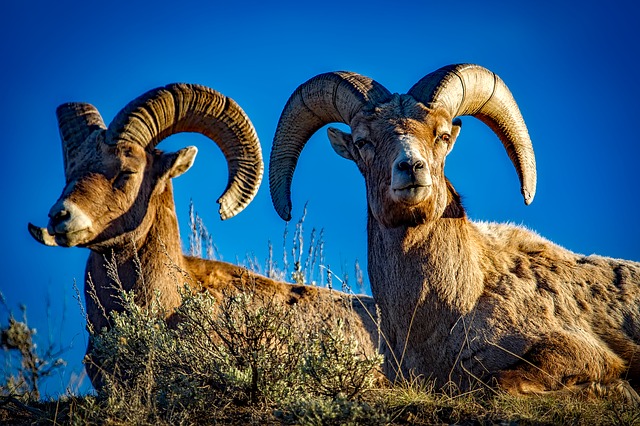Drawing
Drawing a once-in-a-lifetime tag is and should be treated as just that, a once-in-a-lifetime opportunity. These tags come in numerous forms from lottery draws, building a lifelong amount of priority points, or raffles. There are numerously available tags across North America that provide these opportunities, however, none are quite the same. Once-in-a-lifetime tags, or as I call them “OLT’s,” can vary between species, season, and area, therefore they must be treated differently.
Research
If you’re lucky enough to be blessed with this opportunity, the first step you must take is researching everything and anything there is to know about the tag. Look into the regulations regarding the tag and zone. As mentioned before, this special tag might only be valid for certain times of the year, or certain zones or units, or the animal might have to have certain requirements like 6 point or larger for elk or full curl for sheep.
After you understand the regulations start digging deeper. Once you’ve narrowed your hunting area start narrowing the non-hunting requirements like travel routes to the area, available staging areas, and a place to camp or nearby towns if a hotel is in order. Odds are this tag will be out of state, and potentially even out of the country. Therefore, ensuring you can get to and from the area should be addressed immediately to ensure all requirements are met.
Once these items are crossed off, it’s time to start researching the tag itself. What are the success rates? What times are the most successful? Are you competing with someone else who was also given this tag? After drawing an OLT I joined all the local forums and researched old posts regarding this particular tag. I also started my own thread asking anyone with previous experience for any insight.
Connect
For the most part, past hunters were a wealth of knowledge knowing they wouldn’t be able to hunt this area again. They provided helpful tactics, do’s and don’ts, strategies, and some even offered to come within hopes of being part of the hunt again. I also contacted the local fish and wildlife department to pick their brains regarding the questions mentioned above. Between past recipients, friends made through these forums, and the local departments I was able to address almost all the questions I had regarding the tag.
Plan
Thereafter, the fun part starts of actually preparing for the hunt. Decide what weapon you will be using if that hasn’t already been decided and work out the details and kinks. I’ve always said there are so many things you can’t control while hunting, so you might as well become an expert at the things you can control. Therefore, practice and practice some more, and make sure to practice in real scenarios you could be facing while on this hunt. You owe it to yourself, the animal, and all the other hunters who weren’t successful in receiving the tag.
Gear
You should also address your gear and see how it will perform in the conditions you are expecting to face. Don’t let the hunt of a lifetime be cut short due to being unprepared to face the elements. This is something that is fairly consistent, so research conditions in prior years around the time you’re going and plan accordingly. I strongly believe you get what you pay for. That being said, not everyone can afford to pour thousands of dollars into acquiring all new gear for one hunt. Therefore, make a list, prioritize, and buy the best gear you can afford. As mentioned, don’t let the hunt of a lifetime be cut short because you skimped out on buying good rain gear.
Once you’ve acquired all the equipment its time to start testing it out. Do not wait until actually being on the hunt before trying out all this new gear. Check everything prior to the hunt and familiarize yourself with it. Additionally, do not buy new boots and break them in on your hunt, because you will be back at the truck within a couple of days. Acquire everything ahead of time, break it all in, and get it all ready so when the moment comes there is no second-guessing.
Scouting
As the hunt approaches scouting should start. If the area permits and is within a reasonable distance, set out ahead of the hunt and begin scouting. Start getting an idea of what the area is like and the animals within. Set up trail cameras, glass the area, hike the area and get to know it as much as possible. I have had several experiences where if I had known the lay of the land I would’ve made different calls or tried different things. It will never hurt you or your hunt to know the area too well. When you talk to successful hunters, investigate successful areas and look for sign or the animal itself.
Finally, the moment you’ve been waiting for arrives! You take the route you know will get you there, you arrive at the staging area you know exists, and you take all your tested gear and set off to achieve what few have. If time permits, try to arrive a few days prior to the opening. This will give you time to walk into the area, go over any last minute adjustments, set up camp comfortably, and get some rest. In the days leading up to the hunt go scouting again, keep your distance, and do not make your presence known. The worst thing you can do at this point is getting too close or “hunt” too hard and make the animal aware he is being hunted.
Opening Morning
If you find your animal follow him, document his movements and habits, and study him back at camp so you are able to predict his movements. The night before the opener keep tracking that animal for as long as you can and put him to bed in hopes he will be there at first light the next day. The next morning is the day you been waiting for since the day you received notice. Trust your gear, trust all your practicing, and trust yourself. Most importantly, enjoy the experience that very few will ever get the pleasure of experiencing.

















